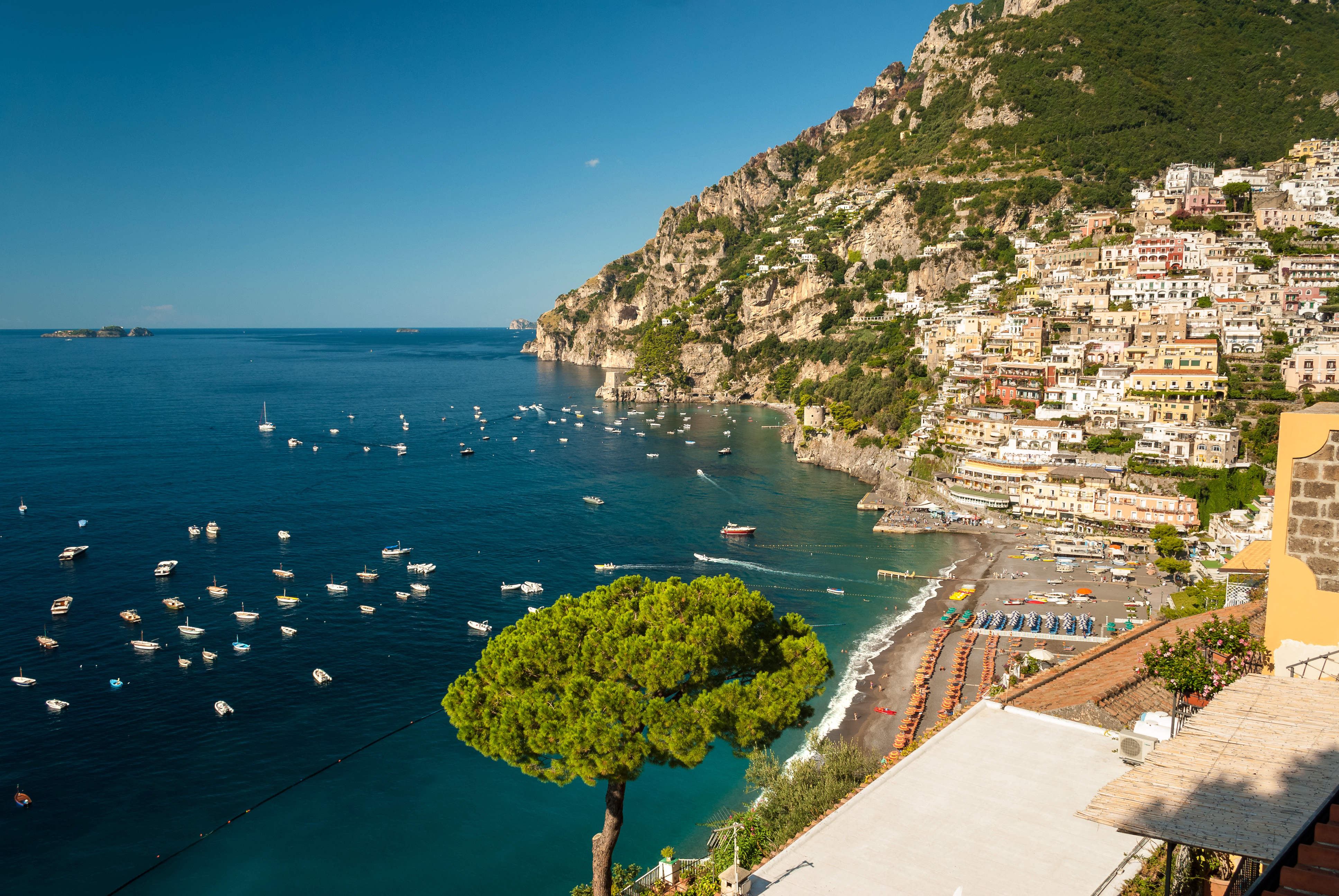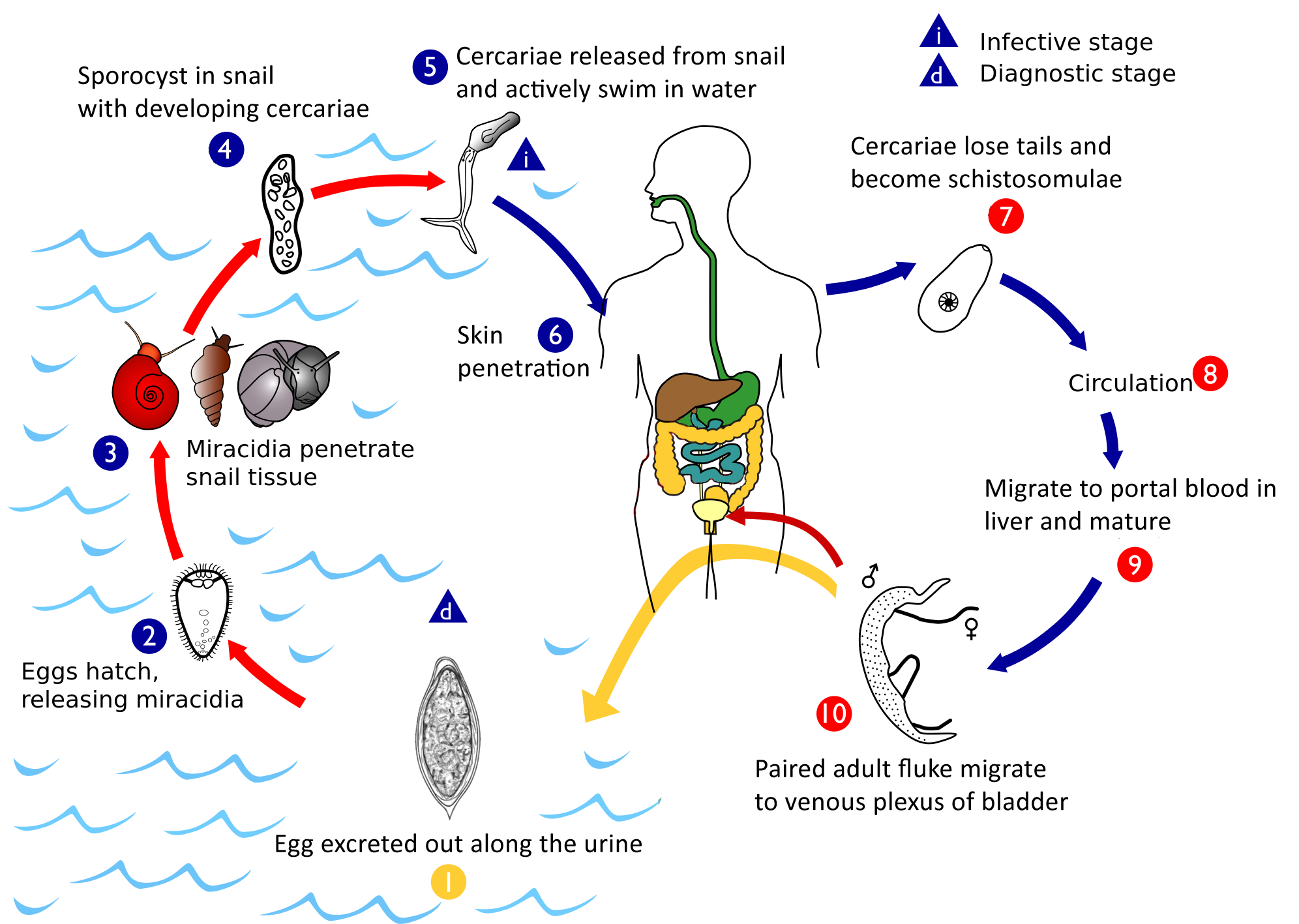|
Ruisseau De Sisco
The Sisco (french: Ruisseau de Sisco) is a small coastal stream in the department of Haute-Corse, Corsica, France. It enters the Tyrrhenian Sea from the east of the Cap Corse peninsula. Course The Sisco is long and flows through the commune of Sisco, Haute-Corse. It rises at an altitude of on the side of the ''Guado a l'Alzi''. Its source is to the east of the Rocher de Pruberzulu and south of Pietracorbara. The stream flows east-southeast to the sea, where its mouth is in the town of Sisco. It enters the sea at the Sisco marina, to the north of the pebble beach. Woods along the Sisco are mainly composed of holm oak, cork oak, chestnut, olive, beech and alder. The D32 road parallels the stream for most of its course. The stream is called ''U Fiume di Siscu'' in the Corsican language. Watershed The Sisco valley lies between the mountains that form the spine of the Cap Corse peninsula and the sea, and is enclosed between two ridges. The watershed covers , with a maximum elevat ... [...More Info...] [...Related Items...] OR: [Wikipedia] [Google] [Baidu] |
France
France (), officially the French Republic ( ), is a country primarily located in Western Europe. It also comprises of Overseas France, overseas regions and territories in the Americas and the Atlantic Ocean, Atlantic, Pacific Ocean, Pacific and Indian Oceans. Its Metropolitan France, metropolitan area extends from the Rhine to the Atlantic Ocean and from the Mediterranean Sea to the English Channel and the North Sea; overseas territories include French Guiana in South America, Saint Pierre and Miquelon in the North Atlantic, the French West Indies, and many islands in Oceania and the Indian Ocean. Due to its several coastal territories, France has the largest exclusive economic zone in the world. France borders Belgium, Luxembourg, Germany, Switzerland, Monaco, Italy, Andorra, and Spain in continental Europe, as well as the Kingdom of the Netherlands, Netherlands, Suriname, and Brazil in the Americas via its overseas territories in French Guiana and Saint Martin (island), ... [...More Info...] [...Related Items...] OR: [Wikipedia] [Google] [Baidu] |
Corsica
Corsica ( , Upper , Southern ; it, Corsica; ; french: Corse ; lij, Còrsega; sc, Còssiga) is an island in the Mediterranean Sea and one of the 18 regions of France. It is the fourth-largest island in the Mediterranean and lies southeast of the French mainland, west of the Italian Peninsula and immediately north of the Italian island of Sardinia, which is the land mass nearest to it. A single chain of mountains makes up two-thirds of the island. , it had a population of 349,465. The island is a territorial collectivity of France. The regional capital is Ajaccio. Although the region is divided into two administrative departments, Haute-Corse and Corse-du-Sud, their respective regional and departmental territorial collectivities were merged on 1 January 2018 to form the single territorial collectivity of Corsica. As such, Corsica enjoys a greater degree of autonomy than other French regional collectivities; for example, the Corsican Assembly is permitted to exercise limit ... [...More Info...] [...Related Items...] OR: [Wikipedia] [Google] [Baidu] |
Haute-Corse
Haute-Corse (; co, Corsica suprana , or ; en, Upper Corsica) is (as of 2022) an administrative department of France, consisting of the northern part of the island of Corsica. The corresponding departmental territorial collectivity merged with that of Corse-du-Sud on 1 January 2018, forming the single territorial collectivity of Corsica, with territorial elections coinciding with the dissolution of the separate councils. However, even though its administrative powers were ceded to the new territorial collectivity, it continues to remain an administrative department in its own right. In 2019, it had a population of 181,933.Populations légales 2019: 2B Haute-Corse INSEE History [...More Info...] [...Related Items...] OR: [Wikipedia] [Google] [Baidu] |
Tyrrhenian Sea
The Tyrrhenian Sea (; it, Mar Tirreno , french: Mer Tyrrhénienne , sc, Mare Tirrenu, co, Mari Tirrenu, scn, Mari Tirrenu, nap, Mare Tirreno) is part of the Mediterranean Sea off the western coast of Italy. It is named for the Tyrrhenian people identified with the Etruscans of Italy. Geography The sea is bounded by the islands of Corsica and Sardinia (to the west), the Italian Peninsula (regions of Tuscany, Lazio, Campania, Basilicata, and Calabria) to the north and east, and the island of Sicily (to the south). The Tyrrhenian Sea also includes a number of smaller islands like Capri, Elba, Ischia, and Ustica. The maximum depth of the sea is . The Tyrrhenian Sea is situated near where the African and Eurasian Plates meet; therefore mountain chains and active volcanoes such as Mount Marsili are found in its depths. The eight Aeolian Islands and Ustica are located in the southern part of the sea, north of Sicily. Extent The International Hydrographic Organization define ... [...More Info...] [...Related Items...] OR: [Wikipedia] [Google] [Baidu] |
Cap Corse
Cap Corse (; co, Capicorsu, ; it, Capo Corso, ), a geographical area of Corsica, is a long peninsula located at the northern tip of the island. At the base of it is the second largest city in Corsica, Bastia. Cap Corse is also a Communauté de communes comprising 18 communes.CC du Cap Corse (N° SIREN : 200042943) BANATIC, accessed 7 April 2022. The area of the ''Communauté de communes'' is 305.7 km2, and its population was 6,706 in 2019.Comparateur de territoire [...More Info...] [...Related Items...] OR: [Wikipedia] [Google] [Baidu] |
Sisco, Haute-Corse
Sisco (; co, Siscu) is a commune in the Haute-Corse department of France on the island of Corsica. It takes its name from the Ruisseau de Sisco, which flows through the commune and enters the Tyrrhenian Sea in the village of Sisco. Geography Climate Sisco has a hot-summer mediterranean climate (Köppen climate classification ''Csa''). The average annual temperature in Sisco is . The average annual rainfall is with October as the wettest month. The temperatures are highest on average in August, at around , and lowest in February, at around . The highest temperature ever recorded in Sisco was on 6 August 2017; the coldest temperature ever recorded was on 1 February 1979. Population See also *Communes of the Haute-Corse department The following is a list of the 236 Communes of France, communes of the Haute-Corse Departments of France, department of France. The communes cooperate in the following Communes of France#Intercommunality, intercommunalities (as of 2020): [...More Info...] [...Related Items...] OR: [Wikipedia] [Google] [Baidu] |
Pietracorbara
Pietracorbara (; co, A Petra Curbara) is a commune in the Haute-Corse department of France on the island of Corsica. It takes its name from the Pietracorbara stream. Population See also * Tour de Castellare *Communes of the Haute-Corse department The following is a list of the 236 Communes of France, communes of the Haute-Corse Departments of France, department of France. The communes cooperate in the following Communes of France#Intercommunality, intercommunalities (as of 2020): References External links Official website A website built by the Petra Viva association Communes of ... [...More Info...] [...Related Items...] OR: [Wikipedia] [Google] [Baidu] |
Corsican Language
Corsican (''corsu'' , ; full name: ''lingua corsa'' , ) is a Romance language constituted by the continuum of the Italo-Romance dialects spoken on the Mediterranean island of Corsica (France) and on the northern end of the island of Sardinia (Italy). Corsican is related to the Tuscan varieties from the Italian peninsula, and therefore also to the Florentine-based standard Italian. Under the long-standing sway of Tuscany's Pisa and Republic of Genoa over Corsica, Corsican used to play the role of a vernacular in combination with Italian functioning as the island's official language. In 1859, Italian was replaced by French, owing to the French acquisition from the Republic of Genoa in 1768. Over the next two centuries, the use of French in the place of Italian grew to the extent that, by the Liberation in 1945, all the islanders had a working knowledge of French. The 20th century saw a language shift, with the islanders changing their language practices to the extent that there ... [...More Info...] [...Related Items...] OR: [Wikipedia] [Google] [Baidu] |
Pietracorbara Embouchure Fiume Di Sisco
Pietracorbara (; co, A Petra Curbara) is a commune in the Haute-Corse department of France on the island of Corsica. It takes its name from the Pietracorbara stream. Population See also * Tour de Castellare *Communes of the Haute-Corse department The following is a list of the 236 Communes of France, communes of the Haute-Corse Departments of France, department of France. The communes cooperate in the following Communes of France#Intercommunality, intercommunalities (as of 2020): References External links Official website A website built by the Petra Viva association Communes ... [...More Info...] [...Related Items...] OR: [Wikipedia] [Google] [Baidu] |
Bilharzia
Schistosomiasis, also known as snail fever, bilharzia, and Katayama fever, is a disease caused by parasitic flatworms called schistosomes. The urinary tract or the intestines may be infected. Symptoms include abdominal pain, diarrhea, bloody stool, or blood in the urine. Those who have been infected for a long time may experience liver damage, kidney failure, infertility, or bladder cancer. In children, it may cause poor growth and learning difficulty. The disease is spread by contact with fresh water contaminated with the parasites. These parasites are released from infected freshwater snails. The disease is especially common among children in developing countries, as they are more likely to play in contaminated water. Other high-risk groups include farmers, fishermen, and people using unclean water during daily living. It belongs to the group of helminth infections. Diagnosis is by finding eggs of the parasite in a person's urine or stool. It can also be confirmed by ... [...More Info...] [...Related Items...] OR: [Wikipedia] [Google] [Baidu] |
Schistosoma Haematobium
''Schistosoma haematobium'' (urinary blood fluke) is a species of digenetic trematode, belonging to a group (genus) of blood flukes (''Schistosoma''). It is found in Africa and the Middle East. It is the major agent of schistosomiasis, the most prevalent parasitic infection in humans. It is the only blood fluke that infects the urinary tract, causing urinary schistosomiasis, and is the leading cause of bladder cancer (only next to tobacco smoking). The diseases are caused by the eggs. Adults are found in the venous plexuses around the urinary bladder and the released eggs travels to the wall of the urine bladder causing haematuria and fibrosis of the bladder. The bladder becomes calcified, and there is increased pressure on ureters and kidneys otherwise known as hydronephrosis. Inflammation of the genitals due to ''S. haematobium'' may contribute to the propagation of HIV. ''S. haematobium'' was the first blood fluke discovered. Theodor Bilharz, a German surgeon working in Cair ... [...More Info...] [...Related Items...] OR: [Wikipedia] [Google] [Baidu] |






